On the chime of midnight last night, as many of us welcomed in — by booze-fuelled countdown or bliss of sleep — the start of a new year, the public domain had a special moment too, welcoming in many thousands more works into its ever-growing expanse, including Winnie The Pooh, poems by Dorothy Parker, and Franz Kafka’s The Castle.
Each January 1st is Public Domain Day, where a new crop of works have their copyrights expire and become free to enjoy, share, and reuse for any purpose. Due to differing copyright laws around the world, there is no one single public domain, but there are three definitions which cover most cases. For these three systems, newly entering the public domain today are:
- works by people who died in 1951, for countries with a copyright term of “life plus 70 years” (e.g. UK, Russia, most of EU and South America);
- works by people who died in 1971, for countries with a term of “life plus 50 years” (e.g. Canada, New Zealand, and most of Africa and Asia);
- works published in 1926 (and all pre-1923 sound recordings), for the United States.
This year’s Public Domain Day is of particular note due to the many hundreds of thousands of pre-1923 sound recordings becoming copyright-free in the United States. More information on this mammoth release, and links to where to explore and download the huge haul in our dedicated blogpost.
Some of you may have been following our advent-style countdown calendar which revealed day-by-day through December our highlights for these new public domain entrants. The last window was opened yesterday, and while such a format was cute for the slow reveal, for the sake of a good gorgeable list we’ve exploded the calendar out into a digestible array below.
Entering the public domain in the US
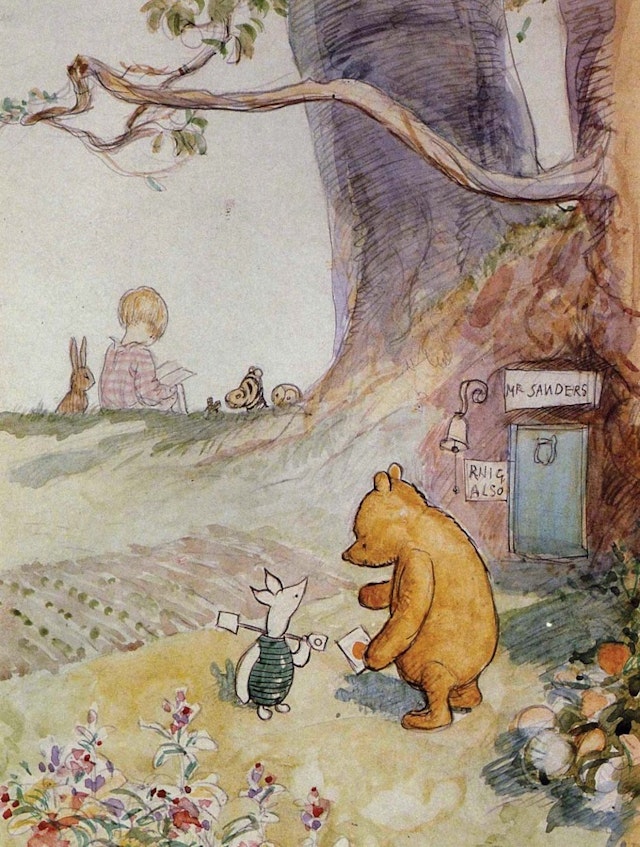 Scroll through the whole page to download all images before printing.
Scroll through the whole page to download all images before printing.A. A. Milne’s Winnie-the-Pooh
Winnie-the-Pooh is a children’s book by English author A. A. Milne and English illustrator E. H. Shepard. Published in 1926, it is a collection of short stories about an anthropomorphic teddy bear, Winnie-the-Pooh, and his friends Christopher Robin, Piglet, Eeyore, Owl, Rabbit, Kanga, and Roo. It is the first of two story collections by Milne about Winnie-the-Pooh, the second being The House at Pooh Corner (1928). The book was well-received at release, and was a commercial success, selling 150,000 copies before the end of the year. Translated into over fifty languages, in 1958 a Latin translation, Winnie ille Pu, was the first foreign-language book to be featured on the New York Times Best Seller List, and the only book in Latin ever to have been featured. Although Winnie-the-Pooh was published shortly after the end of the First World War, it takes place in a isolated world free from major issues, which scholar Paula T. Connolly describes as “largely Edenic” and later as an Arcadia standing in stark contrast to the world in which the book was created. She goes on to describe the book as nostalgic for a “rural and innocent world”. (Wikipedia)
Read at Standard Ebooks
Read at Fadedpage
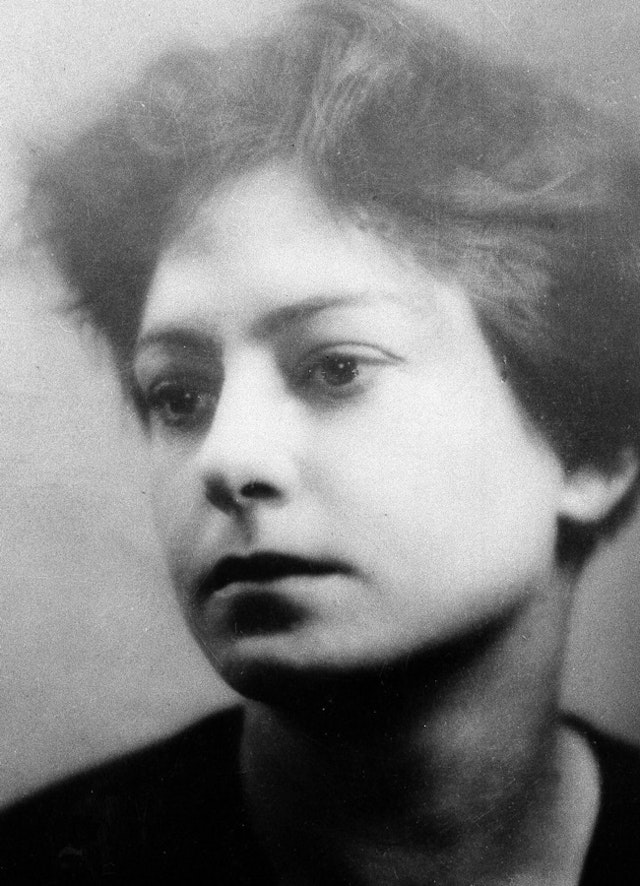 Scroll through the whole page to download all images before printing.
Scroll through the whole page to download all images before printing.Dorothy Parker’s Enough Rope
A runaway bestseller upon its publication in 1926, Enough Rope was the debut poetry collection of the American poet, writer, critic, and satirist Dorothy Parker. As Penguin comments as regards a recent reprinting, the poems “range from lighthearted self-deprecation to acid-tongued satire, all the while gleefully puncturing sentimental clichés about relations between men and women.” Known as the wittiest woman in America and a founder of the fabled Algonquin Round Table, Dorothy Parker was also one of the Jazz Age’s most beloved poets. Her verbal dexterity and cynical humor were on full display in the many poems she published in Vanity Fair, The New Yorker, and Life and in this first collection. (Penguin)
Read our essay “When Dorothy Parker Got Fired from Vanity Fair” by Jonathan Goldman.
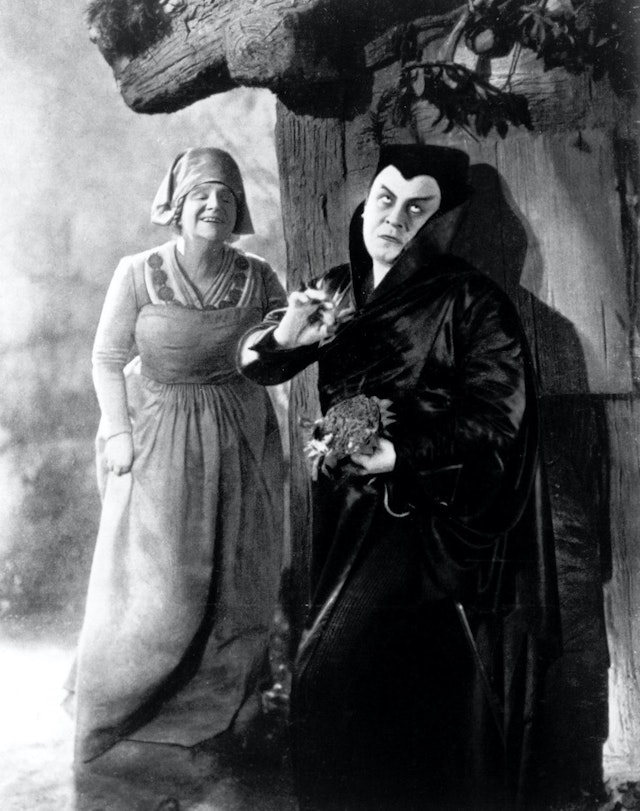 Scroll through the whole page to download all images before printing.
Scroll through the whole page to download all images before printing.Faust directed by F. W. Murnau
Faust – A German Folktale (in German: Faust – Eine deutsche Volkssage) is a 1926 silent film produced by Ufa, directed by F. W. Murnau, starring Gösta Ekman as Faust, Emil Jannings as Mephisto, Camilla Horn as Gretchen/Marguerite, Frida Richard as her mother, Wilhelm Dieterle as her brother and Yvette Guilbert as Marthe Schwerdtlein, her aunt. Murnau’s film draws on older traditions of the legendary tale of Faust as well as on Goethe’s classic 1808 version. It has been praised for its special effects and is regarded as one of the finest examples of German Expressionist film. A 2006 review in The New York Times called it “one of the most astonishing visual experiences the silent cinema has to offer”, and Japanese film director Shinji Aoyama listed Faust as one of ten greatest films of all time in 2012. (Wikipedia)
Watch on Internet Archive
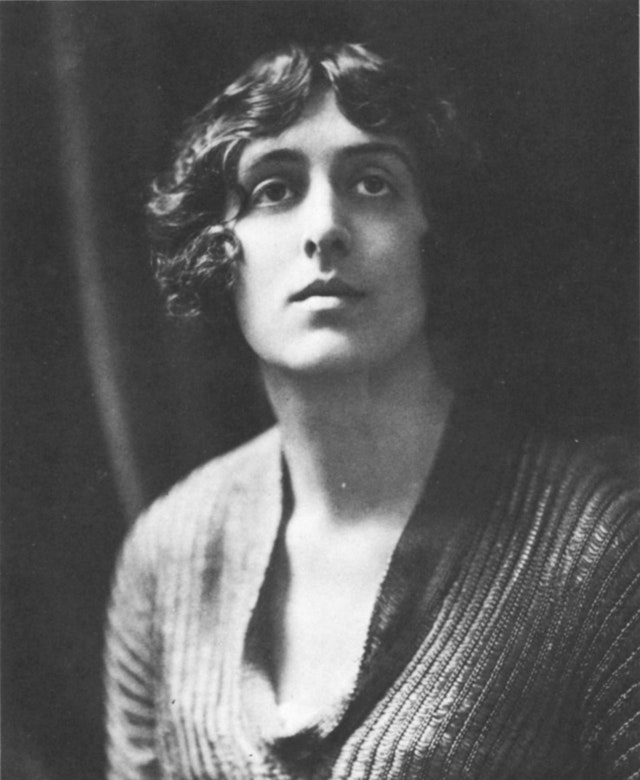 Scroll through the whole page to download all images before printing.
Scroll through the whole page to download all images before printing.Vita Sackville-West’s The Land
The Land is a book-length narrative poem by Vita Sackville-West. Published in 1926 by William Heinemann, it is a Georgic celebration of the rural landscape, traditions and history of the Kentish Weald where Sackville-West lived. The poem was popular enough for there to be six print runs in the first three years of its publication aided in part by its winning the Hawthornden Prize for Literature. Sackville-West began working on the poem while accompanying her husband Harold Nicolson, who was an English diplomat, to the East. Nicolson records in his diary before leaving that Sackville-West had “an idea of writing a sort of English Georgics”. It has been speculated that the poem was a response to the homesickness that she felt for her home in Kent. (Wikipedia)
Read at Project Gutenberg
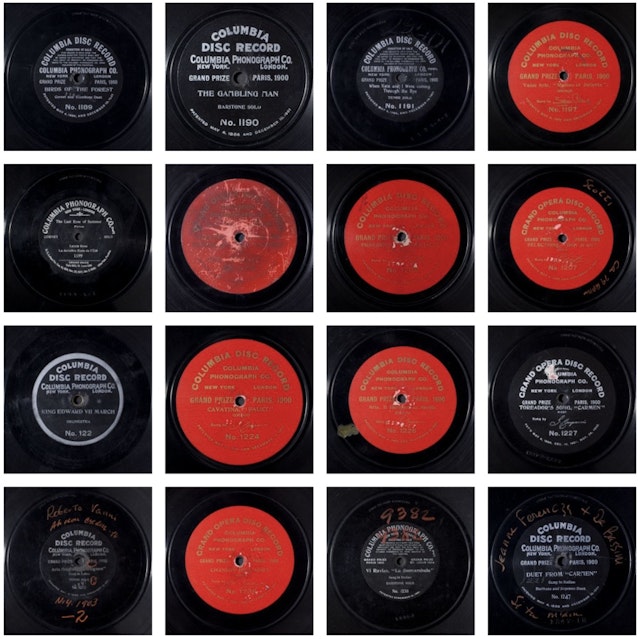 Scroll through the whole page to download all images before printing.
Scroll through the whole page to download all images before printing.Sound recordings published prior to 1923
Thanks to the Music Modernization Act of 2018, all sound recordings published before 1923 will enter the US public domain on January 1, 2022 (and each year between 2023 and 2046, recordings older than 100 years will continue to be added). It’s a huge addition to the US public domain and will mean that the majority of recordings in the Library of Congress’ enormous National Jukebox collection will become free to download and re-use for any purpose. Comprising a collection of more than 10,000 acoustical recordings made by the Victor Talking Machine Company between 1901 and 1925 (now owned by Sony Music Entertainment), the Jukebox contains a mixture of popular music (blues, ragtime, jazz, folk) and spoken word. Also check out this filtered view on the Internet Archive for a collection of 78s and cylinder recordings made prior to 1923.
For more info check out our blogpost.
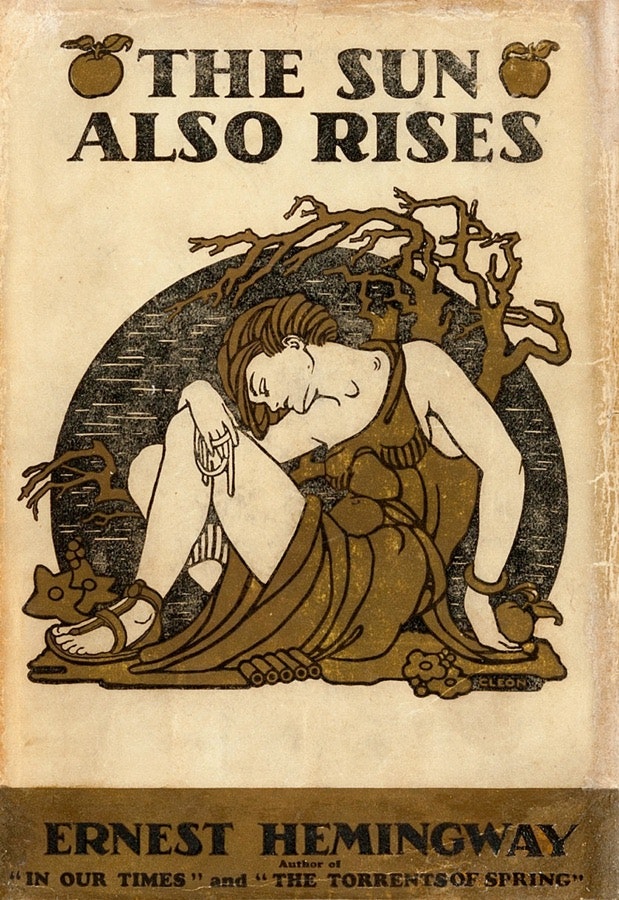 Scroll through the whole page to download all images before printing.
Scroll through the whole page to download all images before printing.Ernest Hemingway’s The Sun Also Rises
The Sun Also Rises is a 1926 novel by American writer Ernest Hemingway, his first, that portrays American and British expatriates who travel from Paris to the Festival of San Fermín in Pamplona to watch the running of the bulls and the bullfights. An early and enduring modernist novel, it received mixed reviews upon publication. However, Hemingway biographer Jeffrey Meyers writes that it is now “recognized as Hemingway’s greatest work”, and Hemingway scholar Linda Wagner-Martin calls it his most important novel. A roman à clef: the characters are based on real people in Hemingway’s circle, and the action is based on real events, particularly Hemingway’s life in Paris in the 1920s and a trip to Spain in 1925 for the Pamplona festival and fishing in the Pyrenees. (Wikipedia)
Read at Standard Ebooks
Read at Fadedpage
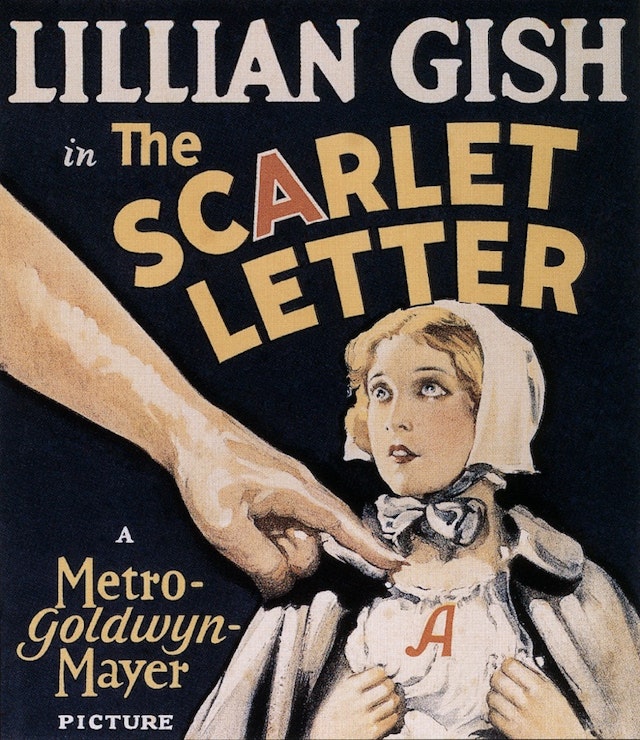 Scroll through the whole page to download all images before printing.
Scroll through the whole page to download all images before printing.The Scarlet Letter directed by Victor Sjöström
The Scarlet Letter is a 1926 American drama film based on the 1850 novel of the same name by Nathaniel Hawthorne and directed by Swedish filmmaker Victor Sjöström (credited as Victor Seastrom). Now considered the best film adaptation of Hawthorne's novel which tells the story of Hester Prynne, who conceives a daughter through an affair and then struggles to create a new life of repentance and dignity. Prints of the film survive in the MGM/United Artists film archives and the UCLA Film and Television Archive. (Wikipedia)
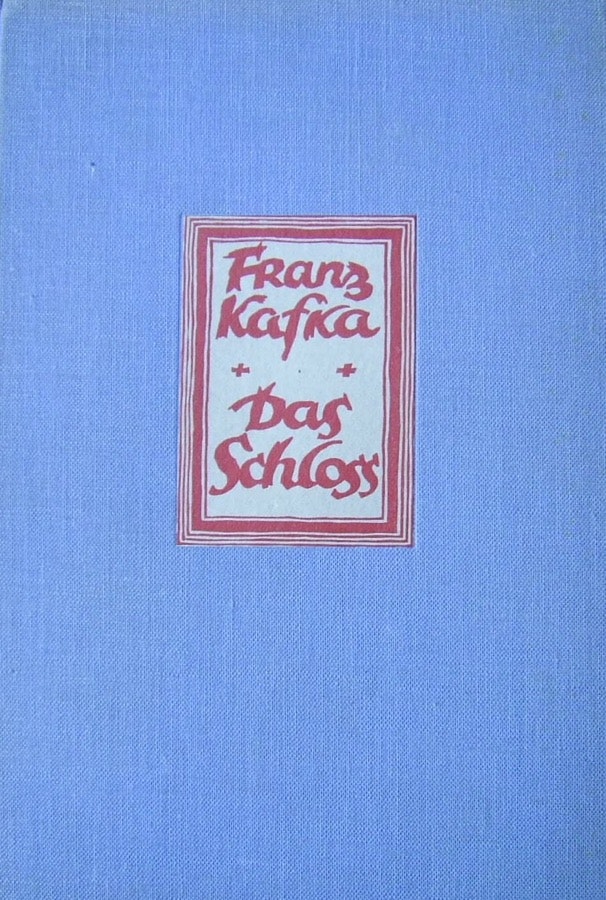 Scroll through the whole page to download all images before printing.
Scroll through the whole page to download all images before printing.Franz Kafka’s The Castle
The Castle (in German Das Schloss) is a 1926 novel by Franz Kafka. In it a protagonist known only as “K.” arrives in a village and struggles to gain access to the mysterious authorities who govern it from a castle supposedly owned by Count Westwest. Kafka died before he could finish the work, but suggested it would end with K. dying in the village, the castle notifying him on his death bed that his “legal claim to live in the village was not valid, yet, taking certain auxiliary circumstances into account, he was permitted to live and work there.” Dark and at times surreal, The Castle is often understood to be about alienation, unresponsive bureaucracy, the frustration of trying to conduct business with non-transparent, seemingly arbitrary controlling systems, and the futile pursuit of an unobtainable goal. (Wikipedia)
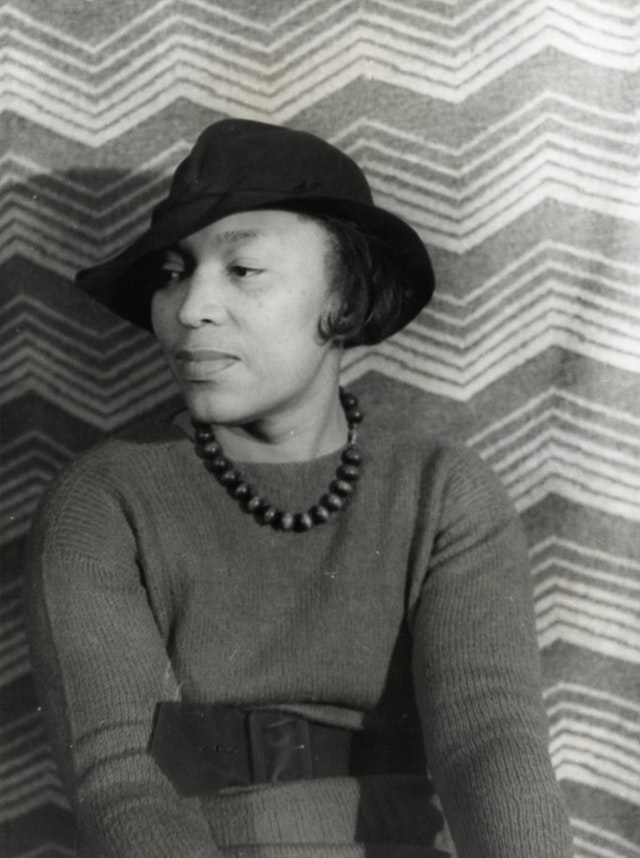 Scroll through the whole page to download all images before printing.
Scroll through the whole page to download all images before printing.Zora Neale Hurston’s Color Struck
Color Struck is an early play by the American author, anthropologist, and filmmaker Zora Neale Hurston which draws on her experience of growing up in an all-black rural region of Eatonville, Florida. Originally published in 1926 in Fire!! magazine, it was not actually staged during the Harlem Renaissance. The play’s title focuses on colorism, the idea that people in the black community were judged based on the hue of their skin. The lead character Emma is terrified that her partner will leave her for a lighter-skinned woman and the play plots the consequences of being “color struck” — escalating anger, low self-esteem, paranoia, and schizophrenia. Because of Emma’s “psychotic obsession with color”, she is unable to truly be happy, love, overcome oppression, and consequently is “the only miserable character.” (Wikipedia)
Read on at the University of Virginia.
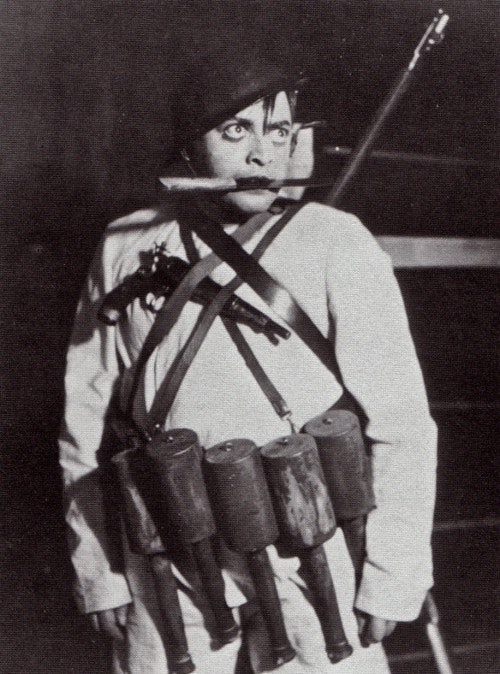 Scroll through the whole page to download all images before printing.
Scroll through the whole page to download all images before printing.Bertolt Brecht’s Man Equals Man
Man Equals Man (in German: Mann ist Mann) is a play by the German modernist playwright Bertolt Brecht. One of Brecht’s earlier works, it explores themes of war, human fungibility, and identity. It is one of a number of agitprop works inspired by the developments in USSR praising the bolshevik collectivism and replaceability of each member of the collective (along with The Decision and “Verwisch die Spuren”). Set in British colonial India, the play presents the forcible transformation of a civilian, Galy Gay, into the perfect soldier. Using Kiplingesque imagery, Brecht explores personality as something that can be dismantled and reassembled like a machine, in a parable that critic Walter Kerr credited with a “curious foreshadowing of the art of brainwashing”. Not only was the play the first to emerge after Brecht's move from Munich to Berlin, but it was also the first to be produced by what came to be known as ‘the Brecht collective’, “that shifting group of friends and collaborators on whom he henceforth depended”. (Wikipedia)
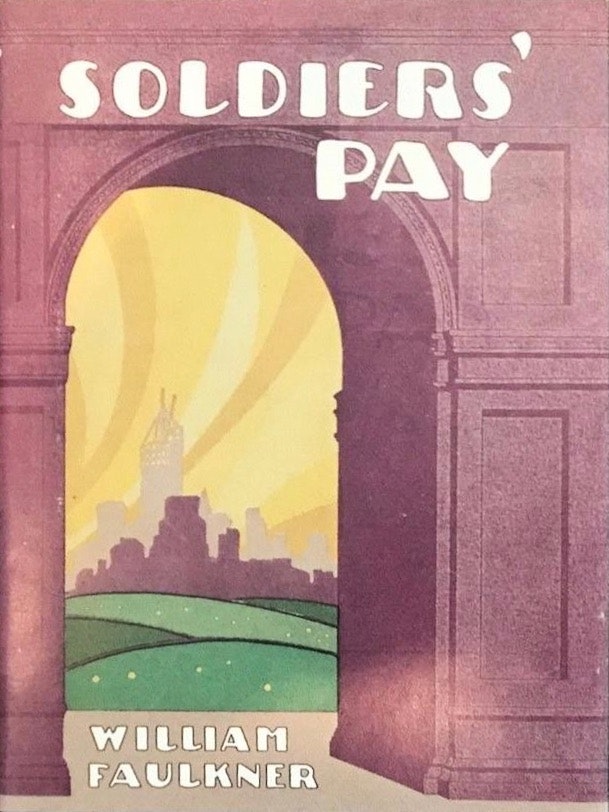 Scroll through the whole page to download all images before printing.
Scroll through the whole page to download all images before printing.William Faulkner’s Soldiers’ Pay
Soldiers’ Pay is the first novel published by the American author William Faulkner, published when he was in his late twenties. The plot revolves around the return of a wounded aviator home to a small town in Georgia following the conclusion of the First World War. He is escorted by a veteran of the war, as well as a widow whose husband was killed during the conflict. The aviator himself suffered a horrendous head injury, and is left in a state of almost perpetual silence, as well as blindness. Several conflicts revolving around his return include the state of his engagement to his fiancée, the desire of the widow to break the engagement in order to marry the dying aviator herself, and the romantic intrigue surrounding the fiancée who had been less than faithful to the aviator in his absence. (Wikipedia)
Read at Standard Ebooks
Read at Fadedpage
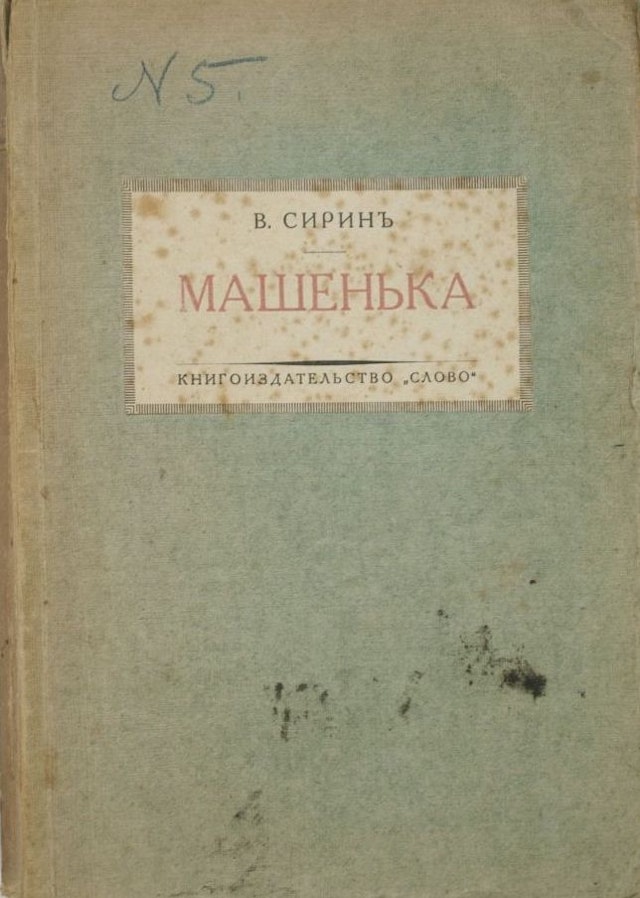 Scroll through the whole page to download all images before printing.
Scroll through the whole page to download all images before printing.Vladimir Nabokov’s Mary
Mary (in Russian: Машенька) is the debut novel by Vladimir Nabokov, first published under the pen name V. Sirin in 1926 by Russian-language publisher “Slovo”. Written in the mid-1920s during Nabokov’s stay in Berlin, the novel contains, as many of his works do, key autobiographical elements. According to Brian Boyd, the character Mary Alfyorov is based on Nabokov’s first love, Valentina (Lyussya) Evgenievna Shulgin, a fifteen-year-old Russian girl he met in 1915 at a pavilion in the estate of Vyra, at the age of sixteen. the story also explores many of the metaphysical ideas of French philosopher Henri Bergson and investigates the nature of the relationships between time, memory and consciousness. It was initially well-received in the 1920s for its inventive structure and vivid descriptions of pre-Revolutionary Russia. Among contemporary critics however, it is generally viewed as an early, relatively juvenile work, written at a time before Nabakov came into his own as an author. (Wikipedia)
 Scroll through the whole page to download all images before printing.
Scroll through the whole page to download all images before printing.Arthur Conan Doyle’s The Land of Mist
The Land of Mist (1926) is a novel by British writer Arthur Conan Doyle, most famous for his Sherlock Holmes stories. Heavily influenced by Doyle’s growing belief in Spiritualism after the death of his son, brother, and two nephews in World War I, the book focuses on the character Edward Malone’s at first professional, and later personal interest in Spiritualism. There is a suggestion in the book the deaths of “ten million young men” in World War I was punishment by the “Central Intelligence” (that is, God) for humanity’s laughing at the alleged evidence for life after death. (Wikipedia)
See content on our site relating to Arthur Conan Doyle here.
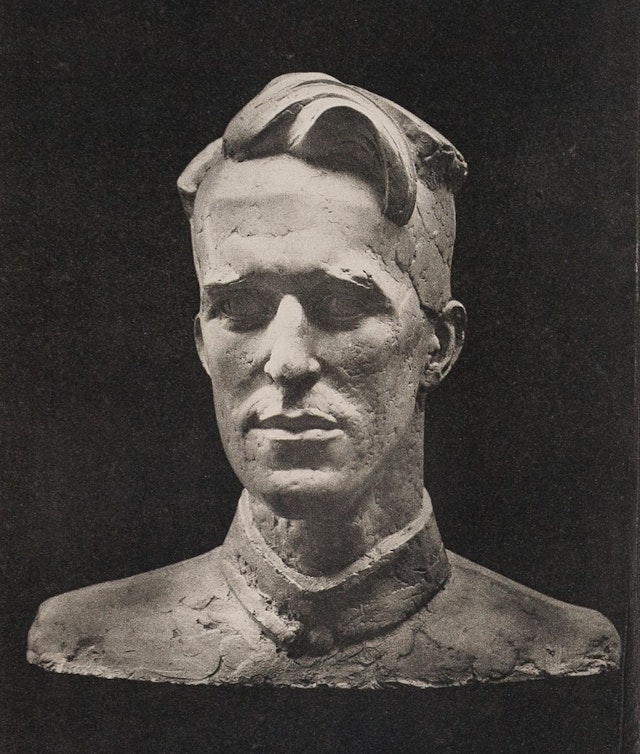 Scroll through the whole page to download all images before printing.
Scroll through the whole page to download all images before printing.T. E. Lawrence’s Seven Pillars of Wisdom
Seven Pillars of Wisdom is the autobiographical account of the experiences of British Army Colonel T. E. Lawrence (“Lawrence of Arabia”), of serving as a military advisor to Bedouin forces during the Arab Revolt against the Ottoman Turks of 1916 to 1918. With the support of Emir Faisal and his tribesmen, he helped organise and carry out attacks on the Ottoman forces from Aqaba in the south to Damascus in the north. Taking notes throughout the revolt, he began work on a clean narrative in the first half of 1919 while in Paris for the Peace Conference and, later that summer, while back in Egypt. By December 1919, he had a fair draft of most of the ten sections that make up the book but lost it (except for the introduction and final two parts) when he misplaced his briefcase while changing trains at Reading railway station. National newspapers alerted the public to the loss of the “hero’s manuscript”, but to no avail; the draft remained lost and Lawrence had to start again. It was eventually completed in 1922 but not published until 1926. In 1962 it was adapted into the film Lawrence of Arabia staring Peter O’Toole. (Wikipedia)
Read at Standard Ebooks
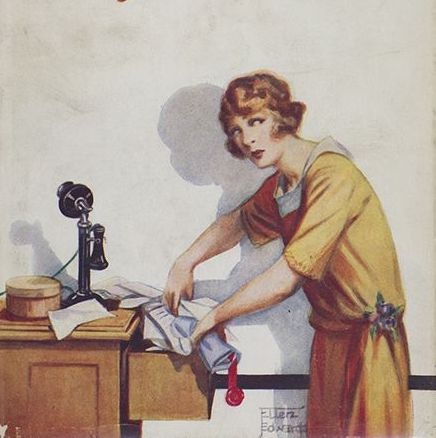 Scroll through the whole page to download all images before printing.
Scroll through the whole page to download all images before printing.Agatha Christie’s The Murder of Roger Ackroyd
The Murder of Roger Ackroyd is a work of detective fiction by British writer Agatha Christie, first published in June 1926 in the United Kingdom by William Collins, Sons and in the United States by Dodd, Mead and Company. It is the third novel to feature Hercule Poirot as the lead detective.
In the story Poirot retires to a village near the home of a friend, Roger Ackroyd, to pursue a project to perfect vegetable marrows. Soon after, Ackroyd is murdered and Poirot must come out of retirement to solve the case.
The novel was well-received from its first publication. In 2013, the British Crime Writers’ Association voted it the best crime novel ever. It is one of Christie's best known and most controversial novels, its innovative twist ending having a significant impact on the genre. Howard Haycraft included it in his list of the most influential crime novels ever written. (Wikipedia)
Read at Standard Ebooks
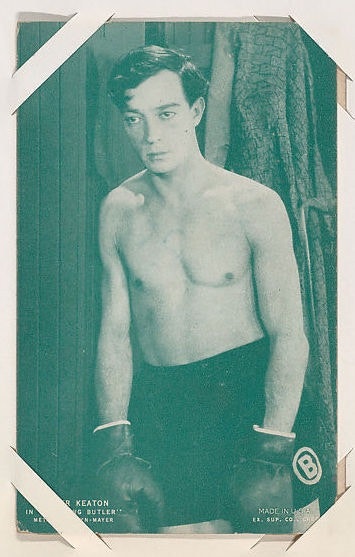 Scroll through the whole page to download all images before printing.
Scroll through the whole page to download all images before printing.Battling Butler directed by Buster Keaton
Battling Butler is a 1926 American comedy silent film directed by and starring Buster Keaton. Like Keaton’s earlier Seven Chances, the film is an adaption of a stage work, a musical called Battling Buttler by Walter L. Rosemont and Ballard MacDonald in which a man pretends to be a championship boxer whom he resembles, until the two men are confused with one another, with humorous results. (Wikipedia)
See our post on Keaton’s The General (1926), which is already in the public domain in the US due to an unrenewed copyright notice.
Watch on YouTube
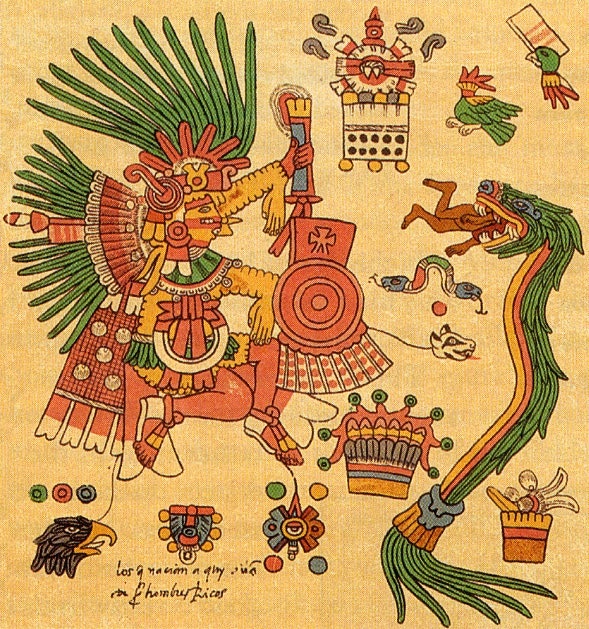 Scroll through the whole page to download all images before printing.
Scroll through the whole page to download all images before printing.D. H. Lawrence’s The Plumed Serpent
The Plumed Serpent is a 1926 political novel by D. H. Lawrence, the idea for which had its roots in his experiences visiting Mexico in 1923. The novel’s plot concerns Kate Leslie, an Irish tourist who visits Mexico after the Mexican Revolution. She encounters Don Cipriano, a Mexican general who supports a religious movement, the Men of Quetzalcoatl, founded by his friend Don Ramón Carrasco. Within this movement, Cipriano is identified with Huitzilopochtli and Ramón with Quetzalcoatl. Kate eventually agrees to marry Cipriano, while the Men of Quetzalcoatl, with the help of a new President, bring about an end to Christianity in Mexico, replacing it with Quetzalcoatl worship. Critics have disagreed about the literary merit of the novel — some, including the novelist E. M. Forster and the writer John Middleton Murry, praising it as Lawrence’s best work and others dismissing it. According to John B. Vickery, while most critics admired “Lawrence’s masterful descriptions, his evocation of place and his handling of individual scenes”, many also criticised his “humorless obsession” with saving Mexico and the world. (Wikipedia)
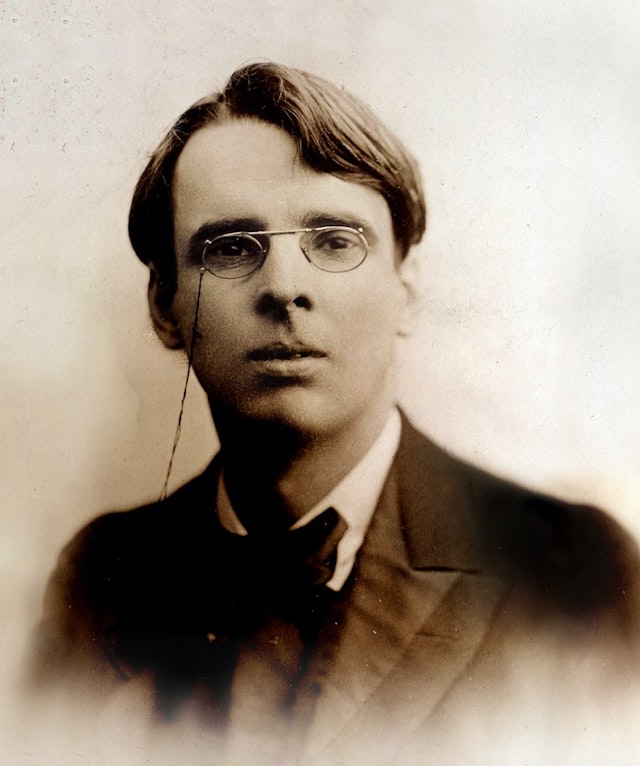 Scroll through the whole page to download all images before printing.
Scroll through the whole page to download all images before printing.W. B. Yeats’ Estrangement
Estrangement is a slim volume by the Irish poet, dramatist, prose writer W. B. Yeats, published by Dublin’s Cuala Press in 1926. Its extended title reads “Being Some Fifty Thoughts From a Diary Kept by William Butler Yeats In the Year Nineteen Hundred and Nine”, which pretty much explains its contents. The press, which grew out of Dun Emer Press, was run by Yeats’ sister Elizabeth. The work was later republished in 1935, along with six others, as part of Yeats’ collected memoirs The Autobiography of William Butler Yeats. Yeats is now considered one of the foremost figures of 20th-century literature and also a pillar of the Irish literary establishment. (Wikipedia)
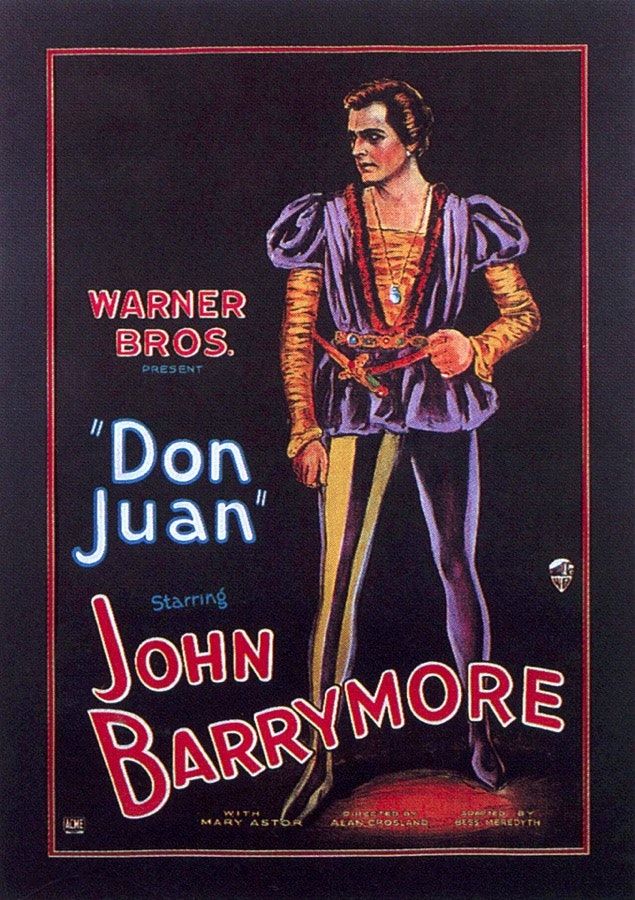 Scroll through the whole page to download all images before printing.
Scroll through the whole page to download all images before printing.Don Juan directed by Alan Crosland
Don Juan is a 1926 American romantic adventure film directed by Alan Crosland. It is the first feature-length film to utilize the Vitaphone sound-on-disc sound system with a synchronized musical score and sound effects, though it has no spoken dialogue. The film is inspired by Lord Byron’s 1821 epic poem of the same name and the screenplay was written by Bess Meredyth with intertitles by Maude Fulton and Walter Anthony. Starring John Barrymore as the hand-kissing womanizer, the film has the most kisses in film history, with Barrymore kissing (all together) Mary Astor and Estelle Taylor 127 times. A print of Don Juan, including its Vitaphone soundtrack, still survives and is preserved at the UCLA Film and Television Archive. (Wikipedia)
Entering the public domain in countries with a ‘life plus 70 year’ copyright term
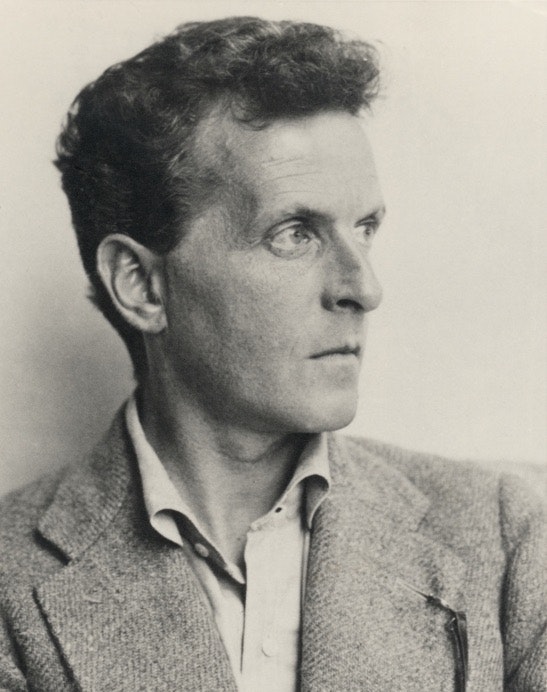 Scroll through the whole page to download all images before printing.
Scroll through the whole page to download all images before printing.Ludwig Wittgenstein
Ludwig Josef Johann Wittgenstein (1889–1951) was an Austrian-British philosopher who worked primarily in logic, the philosophy of mathematics, the philosophy of mind, and the philosophy of language. He is considered to be one of the greatest philosophers of the modern era. In spite of his teaching position at University of Cambridge, during his entire life only one book of his philosophy was published, the relatively slim 75-page Logisch-Philosophische Abhandlung (Logical-Philosophical Treatise) (1921). His voluminous manuscripts were edited and published posthumously, the first and best-known being the 1953 book Philosophical Investigations. A survey among American university and college teachers ranked the Investigations as the most important book of 20th-century philosophy. (Wikipedia)
Works by Ludwig Wittgenstein on Project Gutenberg
 Scroll through the whole page to download all images before printing.
Scroll through the whole page to download all images before printing.Oscar Micheaux
Oscar Devereaux Micheaux (1884–1951) was an author, film director and independent producer of more than 44 films. He is regarded as the first major African-American feature filmmaker, a prominent producer of race films, and has been described as “the most successful African-American filmmaker of the first half of the 20th century”. One of his best known works is the silent film Within Our Gates (1920), the oldest known surviving film made by an African-American director and a searing account of the US racial situation during the early twentieth century, including the years of Jim Crow, the revival of the Ku Klux Klan, the Great Migration of Southern blacks to cities in the North, and the emergence of the “New Negro”. (Wikipedia)
Works by Oscar Michaeux on Project Gutenberg and Internet Archive.
See our post on Oscar Micheaux’s Within Our Gates (1920).
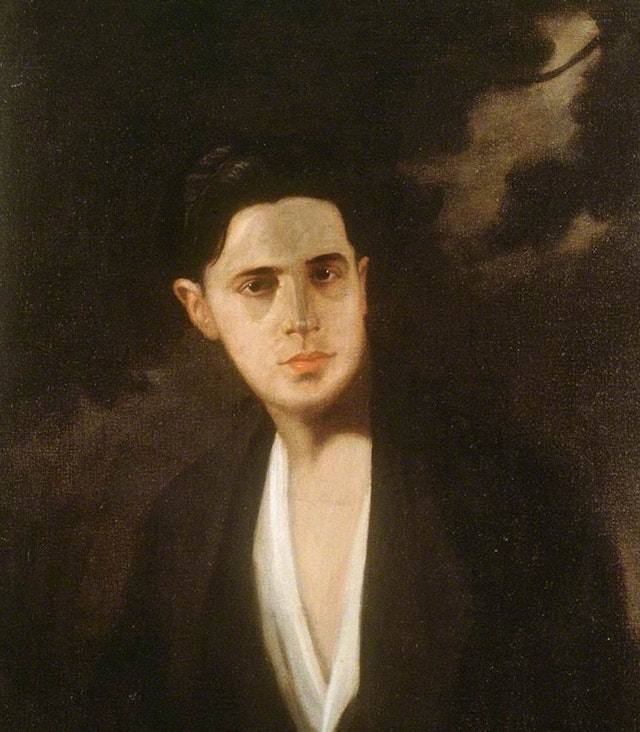 Scroll through the whole page to download all images before printing.
Scroll through the whole page to download all images before printing.Ivor Novello
Ivor Novello (1893–1951) was a Welsh composer and actor who became one of the most popular British entertainers of the first half of the 20th century. His first big hit was “Keep the Home Fires Burning” (1914), which was enormously popular during the First World War. After the war, Novello contributed numbers to several successful musical comedies and was eventually commissioned to write the scores of complete shows. He wrote his musicals in the style of operetta and often composed his music to the libretti of Christopher Hassall. In the 1920s, he turned to acting, first in British films and then on stage, with considerable success in both. He starred in two silent films directed by Alfred Hitchcock, The Lodger and Downhill (both 1927). On stage, he played the title character in the first London production of Liliom (1926). Novello briefly went to Hollywood, but he soon returned to Britain, where he had more successes, especially on stage, appearing in his own lavish West End productions of musicals. The best known of these were Glamorous Night (1935) and The Dancing Years (1939). (Wikipedia)
See our post on Alfred Hitchcock’s The Lodger: A Story of the London Fog (1927) staring Ivor Novello.
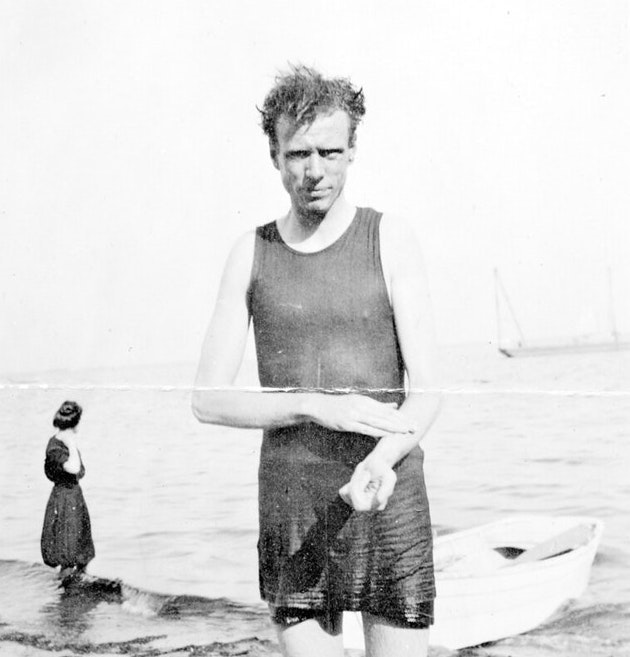 Scroll through the whole page to download all images before printing.
Scroll through the whole page to download all images before printing.Sinclair Lewis
Harry Sinclair Lewis (1885–1951) was an American writer and playwright. In 1930, he became the first writer from the United States (and the first from the Americas) to receive the Nobel Prize in Literature, which was awarded “for his vigorous and graphic art of description and his ability to create, with wit and humor, new types of characters.”
He is best known for Main Street (1920), Babbitt (1922), Arrowsmith (1925), and It Can’t Happen Here (1935). (Wikipedia)
Works by Sinclair Lewis on Fadedpage, Project Gutenberg, and Internet Archive.
Read our essay “American Freedom: Sinclair Lewis and the Open Road” by Steven Michels
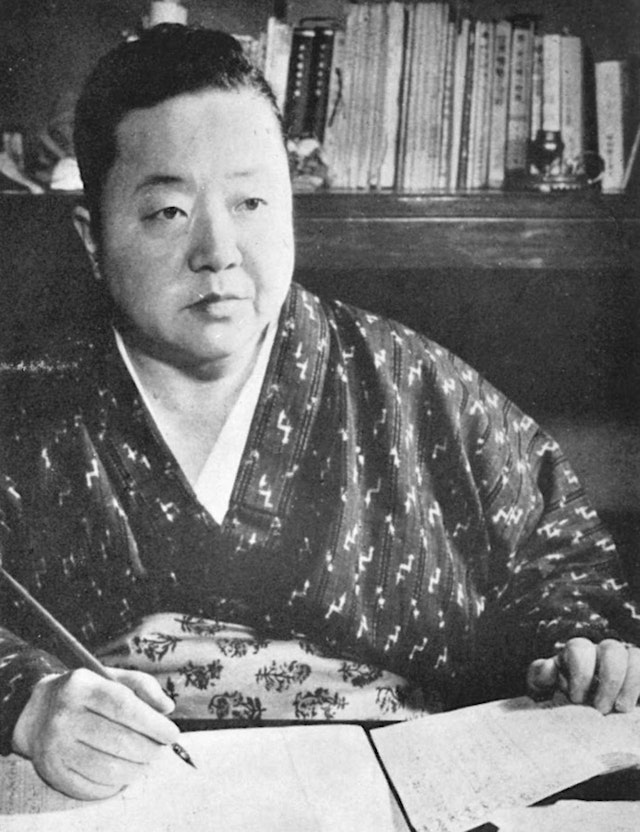 Scroll through the whole page to download all images before printing.
Scroll through the whole page to download all images before printing.Miyamoto Yuriko
Miyamoto Yuriko (1899–1951) was a Japanese novelist, short-story writer, social activist, and literary critic active during the Taishō and early Shōwa periods of Japan. She is best known for her autobiographical fiction and involvement in proletarian and women's liberation movements. Miyamoto traveled for several years to the United States and the Soviet Union before returning to Japan, where her works were heavily censored and she was imprisoned repeatedly for her political views. She founded and operated a number of proletarian and feminist magazines during her career, many of which were also censored.vHer works include Nobuko, Banshū heiya (The Banshū Plain), Fūchisō (The Weathervane Plant), and other works of fiction and literary criticism. Much of her work is autobiographical and centers around themes of war, class, and gender relations. She continues to be honored by the Japanese Left for her vision and commitment toward Japanese women and the working class. (Wikipedia)
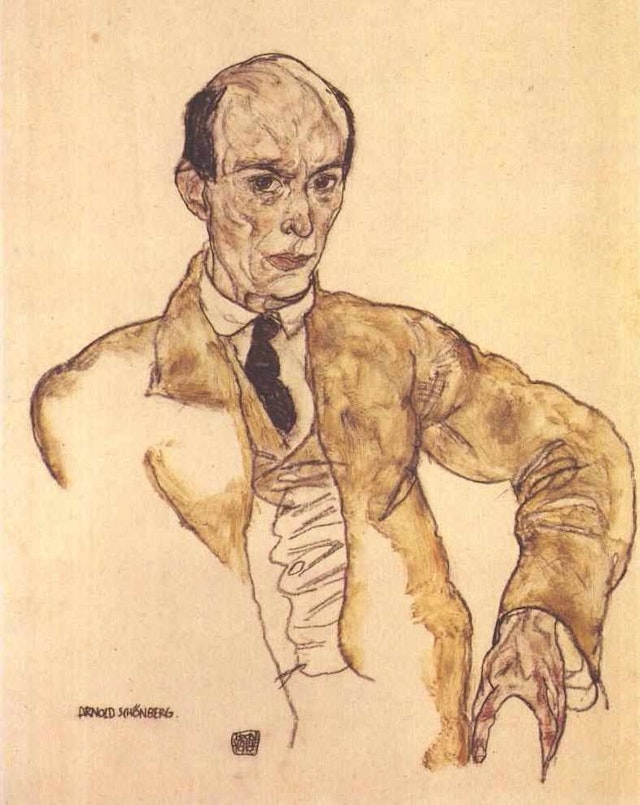 Scroll through the whole page to download all images before printing.
Scroll through the whole page to download all images before printing.Arnold Schoenberg
Arnold Schoenberg (1874–1951) was an Austrian and American composer, music theorist, teacher, writer, and painter. He is widely considered one of the most influential composers of the 20th century. He was associated with the expressionist movement in German poetry and art, and leader of the Second Viennese School. Schoenberg's approach, bοth in terms of harmony and development, has shaped much of 20th-century musical thought. As a Jewish composer, Schoenberg was targeted by the Nazi Party, which labeled his works as degenerate music and forbade them from being published. He emigrated to the United States in 1933, becoming an American citizen in 1941. (Wikipedia)
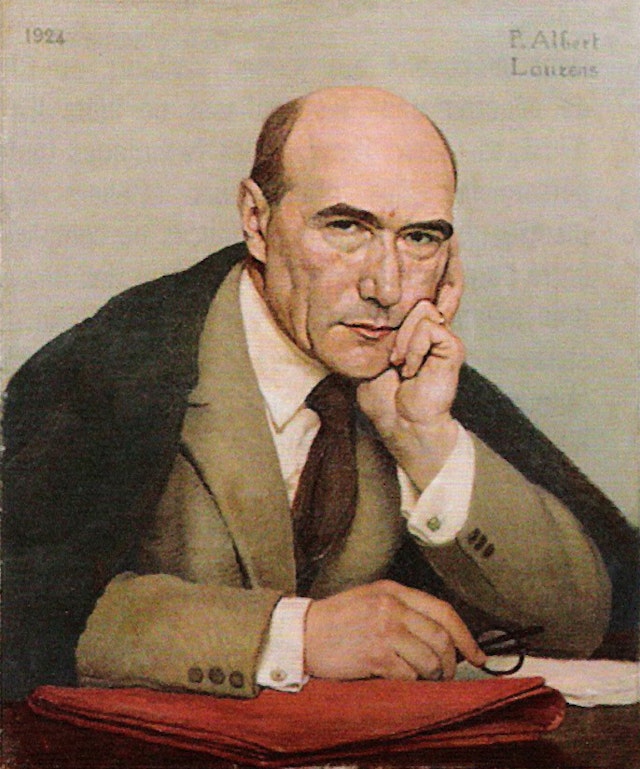 Scroll through the whole page to download all images before printing.
Scroll through the whole page to download all images before printing.André Gide
André Paul Guillaume Gide (1861–1951) was a French author and winner of the Nobel Prize in Literature (in 1947). Gide’s career ranged from its beginnings in the symbolist movement, to the advent of anticolonialism between the two World Wars. The author of more than fifty books, at the time of his death his obituary in The New York Times described him as “France’s greatest contemporary man of letters” and “judged the greatest French writer of this century by the literary cognoscenti.” (Wikipedia)
Works by André Gide on Fadedpage and Project Gutenberg.
Entering the public domain in countries with a ‘life plus 50 year’ copyright term
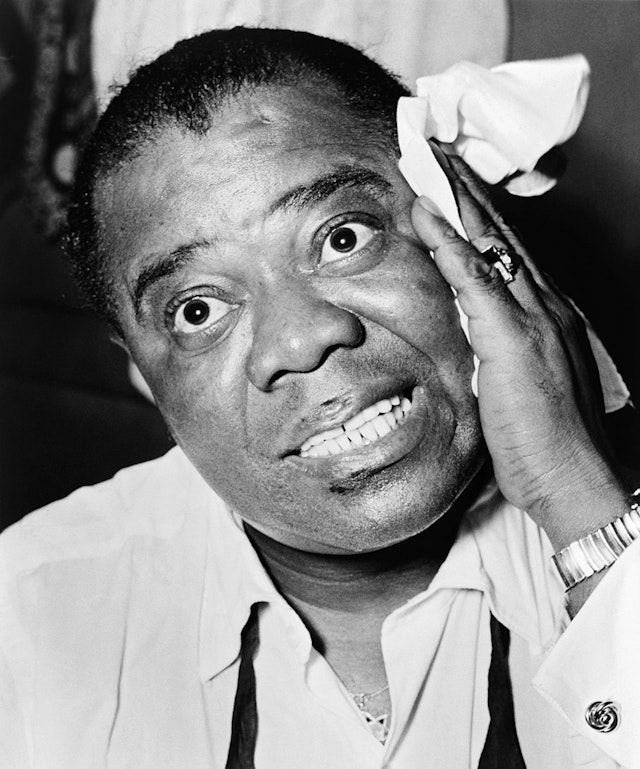 Scroll through the whole page to download all images before printing.
Scroll through the whole page to download all images before printing.Louis Armstrong
Louis Daniel Armstrong (1901–1971), nicknamed “Satchmo”, “Satch”, and “Pops”, was an American trumpeter and vocalist. He is among the most influential figures in jazz. His career spanned five decades and different eras in the history of jazz.
Renowned his charismatic stage presence and voice almost as much as for his trumpet-playing, Armstrong's influence extends well beyond jazz music, and by the end of his career in the 1960s, he was widely regarded as a profound influence on popular music in general. Armstrong was one of the first truly popular African-American entertainers to “cross over”, whose skin color was secondary to his music in an America that was extremely racially divided. He rarely publicly politicized his race, often to the dismay of fellow African-Americans, but took a well-publicized stand for desegregation in the Little Rock Crisis. His artistry and personality allowed him socially acceptable access to the upper echelons of American society which were highly restricted for black men of his era. (Wikipedia)
 Scroll through the whole page to download all images before printing.
Scroll through the whole page to download all images before printing.Jim Morrison
James Douglas Morrison (1943–1971) was an American singer, poet and songwriter who was the lead vocalist of the rock band the Doors. Due to his wild personality, poetic lyrics, distinctive voice, unpredictable and erratic performances, and the dramatic circumstances surrounding his life and early death, Morrison is regarded by music critics and fans as one of the most iconic and influential frontmen in rock history. Since his death, his fame has endured as one of popular culture’s most rebellious and oft-displayed icons, representing the generation gap and youth counterculture. In addition to his work with the Doors (including six studio albums), Morrison also self-published two volumes of his poetry in 1969, titled The Lords / Notes on Vision and The New Creatures. (Wikipedia)
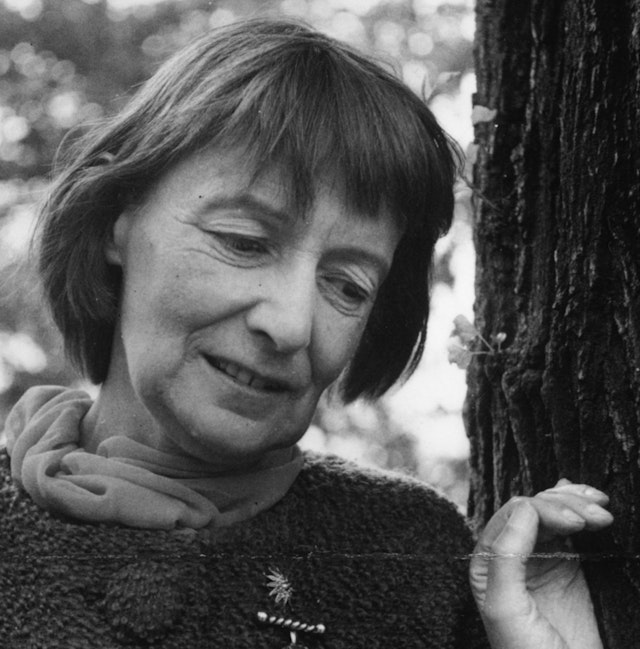 Scroll through the whole page to download all images before printing.
Scroll through the whole page to download all images before printing.Stevie Smith
Florence Margaret Smith, known as Stevie Smith (1902–1971), was an English poet and novelist. Though her poems were remarkably consistent in tone and quality throughout her life, their subject matter changed over time, with less of the outrageous wit of her youth and more reflection on suffering, faith and the end of life (including her best-known poem “Not Waving but Drowning”). She was awarded the Cholmondeley Award for Poets in 1966 and won the Queen’s Gold Medal for poetry in 1969. She published three novels and nine volumes of poems in her lifetime (three more were released posthumously). (Wikipedia)
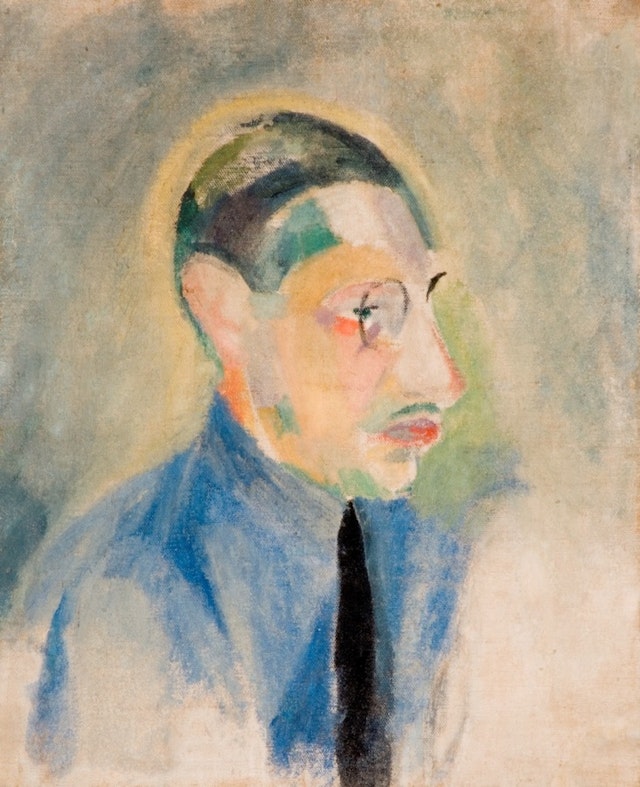 Scroll through the whole page to download all images before printing.
Scroll through the whole page to download all images before printing.Igor Stravinsky
Igor Fyodorovich Stravinsky (1882–1971) was a Russian composer, pianist and conductor, later of French (from 1934) and American (from 1945) citizenship. He is widely considered one of the most important and influential composers of the 20th century. Stravinsky’s compositional career was notable for its stylistic diversity. He first achieved international fame with three ballets commissioned by the impresario Sergei Diaghilev and first performed in Paris by Diaghilev’s Ballets Russes: The Firebird (1910), Petrushka (1911), and The Rite of Spring (1913). The last transformed the way in which subsequent composers thought about rhythmic structure and was largely responsible for Stravinsky’s enduring reputation as a revolutionary who pushed the boundaries of musical design. (Wikipedia)
 Scroll through the whole page to download all images before printing.
Scroll through the whole page to download all images before printing.Diane Arbus
Diane Arbus (1923–1971) was an American photographer whose imagery helped to normalize marginalized groups and highlight the importance of proper representation of all people. She photographed a wide range of subjects including strippers, carnival performers, nudists, dwarves, children, mothers, couples, elderly people, and middle-class families. She photographed her subjects in familiar settings: their homes, on the street, in the workplace, in the park. In his 2003 New York Times Magazine article, “Arbus Reconsidered,” Arthur Lubow states, “She was fascinated by people who were visibly creating their own identities—cross-dressers, nudists, sideshow performers, tattooed men, the nouveaux riches, the movie-star fans—and by those who were trapped in a uniform that no longer provided any security or comfort.” “[Arbus’s] work has had such an influence on other photographers that it is already hard to remember how original it was”, wrote the art critic Robert Hughes in a November 1972 issue of Time magazine. She has been called “a seminal figure in modern-day photography and an influence on three generations of photographers” and is widely considered to be among the most influential artists of the last century. (Wikipedia)
***
- See more new entrants to the public domain in 2022 on this Wikipedia page, and, for US public domain, these pages for books published and films released in 1926.
- Check out John Mark Ockerbloom’s own Public Domain Day Countdown through the Twitter hashtag #PublicDomainDayCountdown and summarised in a blogpost here.
- Read more about what makes the public domain so important in Communia’s Public Domain Manifesto.
- Wondering if “bad things happen to works when they enter the public domain”? Wonder no more.


